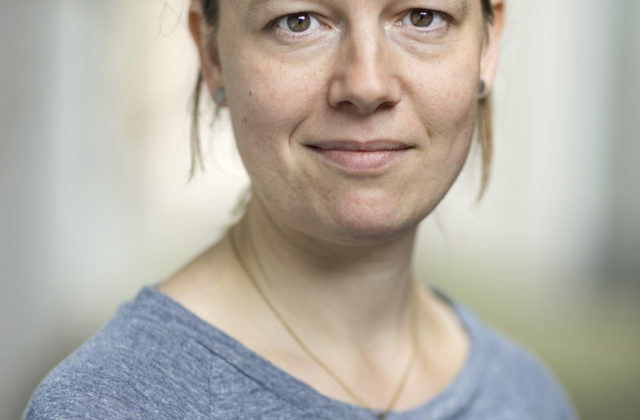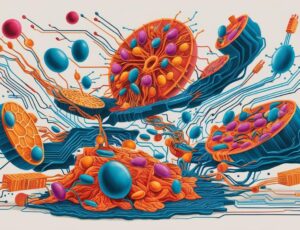About the topic
The question of how to translate clinical problems into adequate neurobiological research models and how to translate findings from basic neuroscientific research into clinical practice is central to psychiatry and translational neuroscience. However, thus far a satisfying account of what is meant by translation in this sense has been lacking. The main aim of our project is to develop such an account. The project consists of five subprojects, which investigate the main theoretical challenges to an account of translation and explore how translation works in practice. The first three subprojects tackle pressing questions about the role of intentionality, metaphor and mechanistic explanation in translations between psychiatry and neuroscience and vice-versa. Subprojects four and five focus on concrete case-studies in psychiatry and neuroscience, respectively the use of traffic metaphors in understanding the brain and the importance of contextual factors in understanding psychiatric syndromes. The project is thoroughly interdisciplinary, involving philosophers, psychiatrists, neuroscientists and linguists. It proposes innovative advances in theory (connecting debates on intentionality, metaphor and mechanistic explanation), methodology (empirically informed theorizing) and application (articulating the relation between psychiatry and neuroscience).
NIAS-Lorentz Program
The NIAS-Lorentz Program is a collaboration between NIAS and the Lorentz Center set up in 2006. The program promotes cutting-edge interdisciplinary research that brings together perspectives from the humanities and/or social sciences with the natural and/or technological sciences. We hold that important and exciting advances are to be expected in research at the interface of different disciplines.









